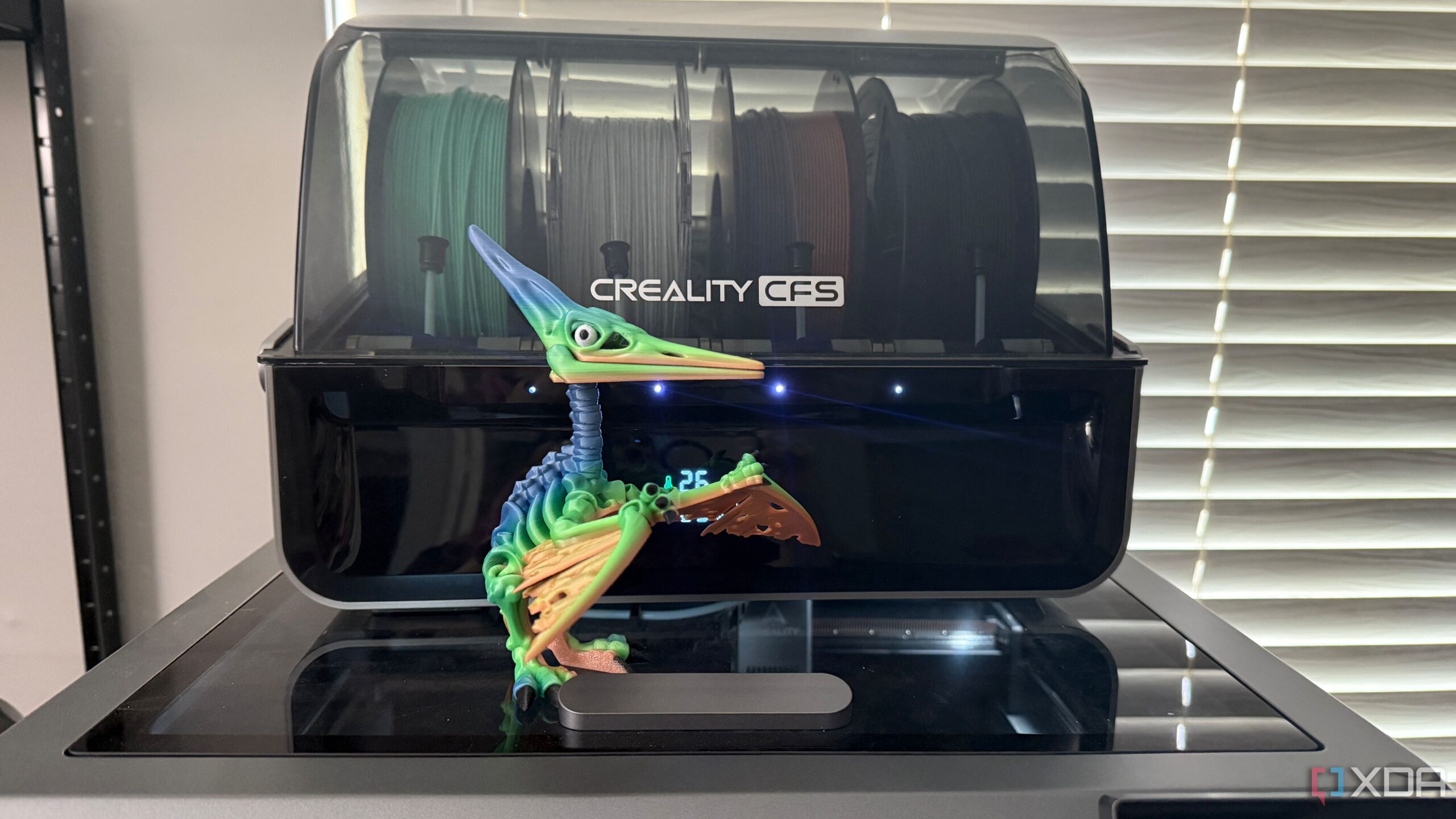URGENT UPDATE: Before making a purchase, potential buyers of 3D printers need to understand the complexities involved in operating these devices, as experts report significant misconceptions among newcomers. As of October 2023, the excitement surrounding 3D printing is overshadowed by the reality that this technology demands more than just a simple plug-and-play approach.
Experts warn that many first-time users expect immediate professional-quality results but are met with frustration when faced with the reality of setup and calibration. 3D printing requires a learning curve, involving tasks such as bed leveling, nozzle calibration, and filament temperature tuning. Beginners often find themselves troubleshooting issues that can consume time and materials.
Many in the community believe that owning a 3D printer is a straightforward venture. However, industry insiders highlight that consumer-grade printers rarely produce flawless prints out of the box. Users typically spend hours fine-tuning settings to achieve reliable outcomes. “Expecting instant perfection can lead to disappointment,” cautions a spokesperson from the 3D Printing Association.
Another critical point is the hidden costs associated with 3D printing. Beyond the initial purchase price, users must invest in filament, replacement parts, and tools necessary for maintenance. For instance, essential items like spatulas, calipers, and cleaning kits can quickly add up, particularly during the learning phase. Industry experts estimate that these additional costs can reach hundreds of dollars within the first few months of use.
Additionally, the time commitment involved in 3D printing is significant. Small prints might take several hours, while larger projects can run overnight. Failed prints mean wasted materials and time, making patience crucial for success. “Understanding the time investment is key to enjoying the process,” notes a 3D printing enthusiast active in online forums.
Choosing the right 3D printer is equally vital. Buyers must consider their goals and available resources. Closed-frame printers with automatic leveling may be more beginner-friendly but come at a higher cost. In contrast, open-frame printers offer customization opportunities but require regular maintenance and tuning.
Potential buyers are urged to conduct thorough research before making a purchase. Look for user reviews highlighting reliability and community support. Notable brands like Prusa and Bambu Lab are recognized for their ease of use, while others may offer lower prices but require extensive manual adjustments.
The emotional engagement with 3D printing can be profound. Many users report a sense of accomplishment when they successfully create something useful or artistic. As they progress, they often learn valuable skills such as problem-solving and basic engineering concepts. The journey from novice to proficient user can lead to opportunities for creativity and even entrepreneurship.
As the 3D printing community continues to grow, newcomers are encouraged to embrace the learning process. Online forums and local maker groups provide support and resources, ensuring that no one has to navigate this journey alone.
FINAL THOUGHTS: Aspiring 3D printer owners must approach this venture with realistic expectations. Acknowledge that it is a hobby requiring dedication, creativity, and ongoing learning. By understanding the commitment involved, you can transform what initially feels like a daunting task into a rewarding experience. Prepare yourself for the challenges ahead, and you may just discover the incredible potential of 3D printing.
